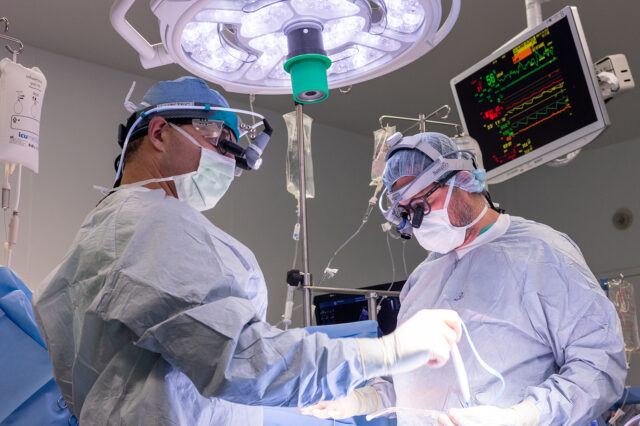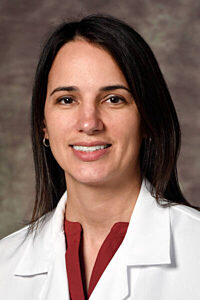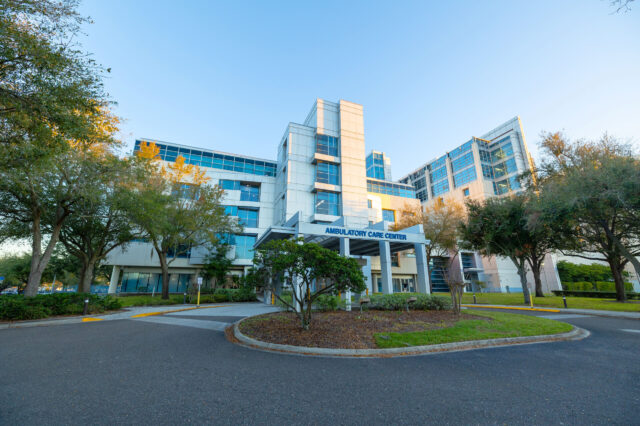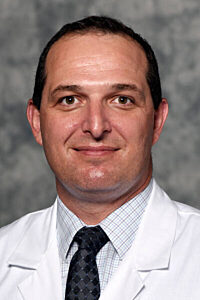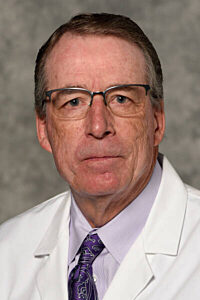
When you need heart, lung or chest surgery, there’s no doubt that you want an accomplished specialist with experience. Our surgeons at UF Health Cardiothoracic Surgery in Jacksonville
are just that. They are highly trained and recognized experts in their field and offer patients a vast amount of experience in the operating room.
Cardiothoracic surgery: Our areas of expertise
UF Health Jacksonville cardiothoracic surgeons use state-of-the-art technology for treatments, including the latest surgical techniques to treat heart disease, and lung and esophageal cancer, including minimally invasive and robotic surgery procedures that significantly reduce complications and recovery time and lead to excellent outcomes for our patients.
We also respect a patient’s choice to eliminate the use of transfused blood during an operation, whether for safety or religious reasons. As experts in advanced surgical techniques that minimize blood loss, we provide patients with comprehensive care that honors their beliefs.
Here are a few of our surgical specialties:
- Aortic disease
- Arrhythmia
- Coronary artery anomalies
- Coronary heart disease
- Heart valve disease
- Minimally invasive and robot-assisted cardiac surgery
- Minimally invasive and robot-assisted thoracic surgery
- Thoracic oncology: cancers of the lung and esophagus
Why choose UF Health Jacksonville?
Experienced surgeons
- Our cardiothoracic surgeons are at the forefront of heart, lung and chest surgery and specialize in complicated, high-risk surgical procedures.
- The division has been recognized for excellence in bypass procedures and is committed to providing all patients with the best possible outcomes.
Team approach
- Specialists at UF Health were the first in the region to develop a multidisciplinary program designed to expedite the evaluation, diagnosis and treatment of patients with aggressive thoracic cancer, including abnormal thoracic growths, esophageal cancer, lung cancer, mesothelioma and metastatic tumors of the chest.
- They work in close coordination with specialists in cardiology, radiation oncology, medical oncology, pulmonology, pathology and radiology to treat a full array of conditions.
Research-based care
- Our surgeons, as faculty of the University of Florida Division of Cardiothoracic Surgery, are committed to research and finding the most advanced approaches to patient care.
- They also participate in numerous national and international clinical trials and offer multiple accredited physician training programs.
First Coast Living
Surgical Coordinator
-
Ashley Graham, APRN

Our locations
-
UF Health Cardiothoracic Surgery – Jacksonville
Phone number:
(904) 383-1011Address:
653 West 8th Street
Faculty Clinic, Second Floor
Jacksonville, FL 32209
Our cardiothoracic surgeons
-
Erol V Belli, MDCardiothoracic Surgeon

-
Clay M Burnett, MDCardiothoracic Surgeon

-
Thomas J Zeyl, MDCardiothoracic Surgeon

